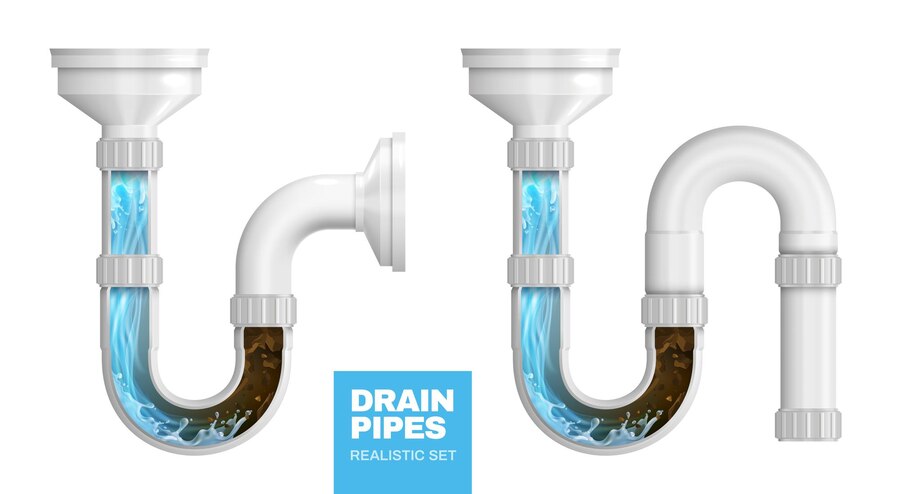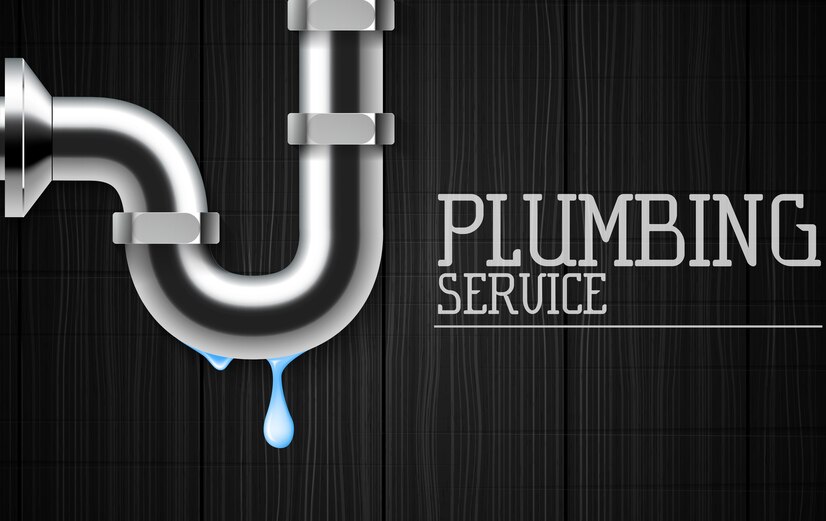Can Plumbing drain go into toilet vent
Can plumbing drain go into toilet vent Information on the function and interrelation of drains and vents is critical when tackling plumbing initiatives, mainly in residential spaces. This article will explore a not-unusual query among residence owners and specialists: Can a plumbing drain cross into a restroom vent? We’ll cover the basics of plumbing vent structures, how drains work with vents, and whether or now not or no longer a drain can legally and efficaciously connect to a lavatory vent. If you’re in Denton, Texas, and want help with venting or different plumbing worries, consulting plumbers in Denton, TX, is critical to ensure safe and powerful installations.
Understanding Plumbing Drains and Vents

The Role of Plumbing Drains
Plumbing drains are answerable for transporting wastewater from sinks, showers, bathrooms, and super fixtures to the house’s number one sewer line. Each drain is designed with a downward slope to facilitate the proper water to go along with the go-drift, which prevents backups and keeps sanitary surroundings. If clogs or distinct problems arise, emergency plumbing offerings are frequently essential to clear the blockage properly and repair the drain’s feature.
The Role of Plumbing Vents
Plumbing vents, called vent pipes or vent stacks, are vertical pipes that increase from the drainage gadget as much as the roof. These vents allow air into the plumbing system, equalizing strain and enabling water to glide freely via the pipes. Additionally, vents release sewer gases accurately outside the house, preventing unpleasant and probable harmful odors from collecting inside.
Can the Plumbing Drain Go into the Toilet Vent?
Is It Allowed to Use Plumbing Codes?
In most cases, plumbing codes do not simultaneously allow a drain to connect with a toilet vent. Building codes and regulations usually require separate drainage and venting structures to remove waste and prevent air strain imbalance. Connecting a drain to a vent can interfere with the vent’s ability to launch sewer gases and violate neighborhood plumbing codes. Consulting plumbers in Denton TX, can provide readability and help navigate nearby regulations for each person questioning code compliance, specifically in Texas.
Why Mixing Drains and Vents Can Be Problematic
Combining drain and vent strains can cause several problems,
Backups in the Plumbing System: If a drain is linked to a vent without delay, wastewater should go into the vent again, developing blockages and clogging the entire gadget.
Pressure Imbalance: Vent pipes are designed to maintain atmospheric stress inside the plumbing gadget. Introducing wastewater into the vent may result in stress imbalances, affecting water drift and inflicting gurgling sounds.
Sewer Gas Exposure: If the vent becomes clogged, sewer gases may also input the home, leading to unpleasant odors and fitness dangers.
For those reasons, most plumbing specialists, such as emergency plumbing offerings, recommend only connecting a drain line directly to a bathroom vent with thorough code compliance tests.

When Is It Acceptable to Share Drain and Vent Lines?
Wet Venting: A Common Solution
One state of affairs in which drains and vents can be relatively combined is through a method called wet venting. Wet venting lets in favorable plumbing fixtures, like sinks and bathtubs, to percentage a commonplace vent pipe. However, there are strict codes governing wet venting, along with:
Fixture Proximity: Only furnishings placed close to each other are generally allowed to proportion a moist vent.
Fixture Types: Wet venting is generally accredited best for low-float furniture (e.g., sinks) in preference to toilets.
Since a lavatory has a high wastewater output commonly requires a committed vent. To determine if moist venting is permitted at your place, consult plumbers in Denton TX, or different local specialists familiar with Texas codes.
How to Properly Vent a Toilet Drain
Installing a Dedicated Vent Stack
Installing a dedicated vent stack is the most dependable way to vent a lavatory drain. This vent stack needs to upward thrust vertically from the bathroom’s drain line and connect with the house’s primary vent gadget. A separate vent stack ensures that the bathroom has good enough air delivery, stopping clogs, pressure issues, and the want for emergency plumbing maintenance.
Sizing the Vent Pipe
The length of the vent pipe for a toilet drain is another essential aspect. According to the International Plumbing Code (IPC), the vent pipe diameter must typically be at least 2 inches. Ensuring accurate sizing prevents air regulations, which could cause slow drainage and noisy plumbing. Experienced plumbers in Denton, TX, can offer the perfect specifications for ideal overall performance if you need clarification on sizing.
Tips for Preventing Common Plumbing Issues

Regular Inspections
ConInspect your plumbing gadget daily to ensure all drains and vents function correctly. Suppose you note symptoms of venting problems, including gurgling sounds, foul odors, or gradual drainage. In that case, it’s an excellent concept to contact emergency plumbing specialists to solve the problem promptly.
Consult a Professional Plumber
Before projecting any plumbing modifications, consult an authorized plumber who knows nearby building codes and rules. In Denton, Texas, plumbers in Denton, TX, can verify if your plumbing machine complies with regulations and might adequately carry out any necessary modifications.
Keep Vents Unblocked
Ensure your roof vent is only sometimes blocked by debris, leaves, or animal nests. Blocked vents can cause air pressure imbalances, which may additionally affect drainage for the duration of the house.
Conclusion: Can a Plumbing Drain Go into a Toilet Vent?
The drain must not connect to a vent in the room at once. D in maximum residential plumbing structures may violate plumbing codes and result in machine inefficiencies, safety hazards, and the need for emergency plumbing offerings. Instead, remember to put in a devoted vent for your restroom to ensure line drainage and ventilation. Where shared venting is authorized, together with moist venting, consulting local building codes and plumbers in Denton, TX, is recommended to verify compliance.
By following excellent practices and consulting plumbing specialists when necessary, you may create a plumbing device that operates smoothly and efficaciously, loose from blockages and sewer gas troubles. Always comply with neighborhood codes and expert steerage to avoid capability health dangers and highly-priced repairs. comply with codes and expert steerage to keep away from capability health dangers and highly-priced repairs.
How long can the plumbing drain cross into the roof vent?
Depending on the pipe diameter and nearby codes, a plumbing drain can expand up to six feet horizontally from a toilet vent. For longer distances, extra venting can be required.
How can you vent in a bathroom without going via the roof?
You can use an air admittance valve (AAV) or connect the vent to a current wall or horizontal vent system. These alternatives eliminate the need for roof penetration.
Can a sink drain right into a bathroom vent?
Yes, a sink can drain into a restroom vent if well-moist. The connection ought to comply with nearby plumbing codes to prevent backflow or clogging.
Where is the toilet vent pipe placed?
The lavatory vent pipe is usually placed behind or above the bathroom. It connects the drain line to the vent stack, which results in the roof.
Can a lavatory vent be downstream?
Yes, a toilet vent can be downstream if it’s miles in the allowable distance and placed successfully to save you siphoning. Consult neighborhood plumbing codes for specifics.
Sink drain into the vent pipe.
If designed as a moist vent machine, a sink can drain right into a vent pipe. This guarantees proper drainage and venting for both fixtures.
Can you drain into a vent pipe?
No, vent pipes are often used for air movement. However, wet venting permits drains to proportion a pipe with vents underneath particular situations.
How far can a toilet be from a vent?
A lavatory can generally be up to 6 ft from a vent while using a 3-inch pipe. Check nearby plumbing codes for precise necessities.





Leave a Reply